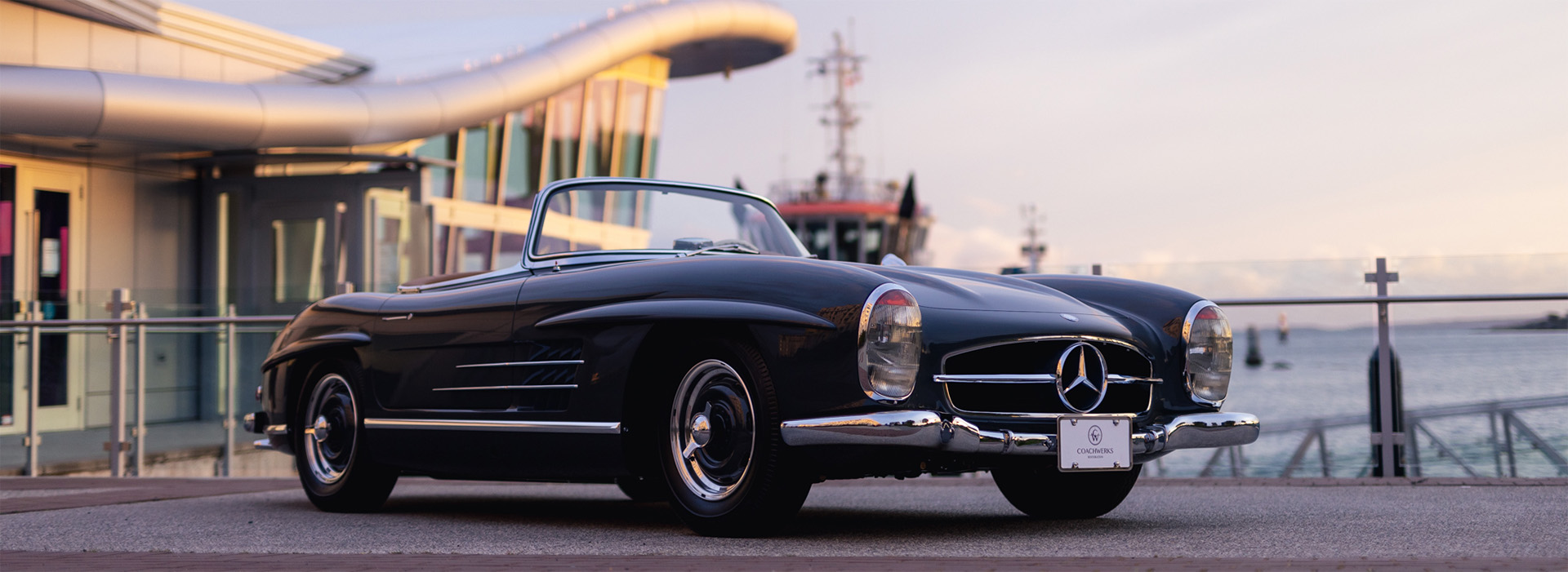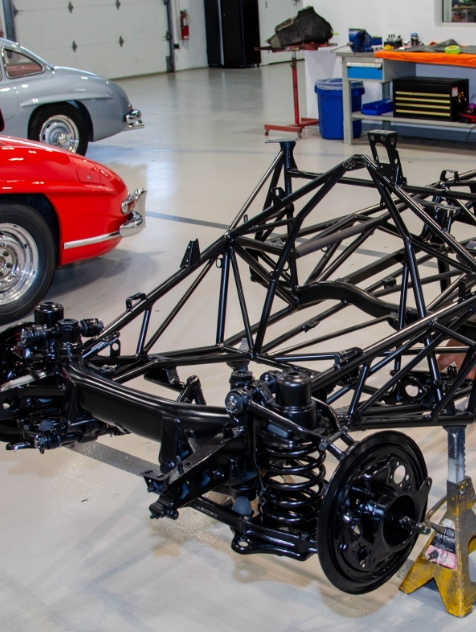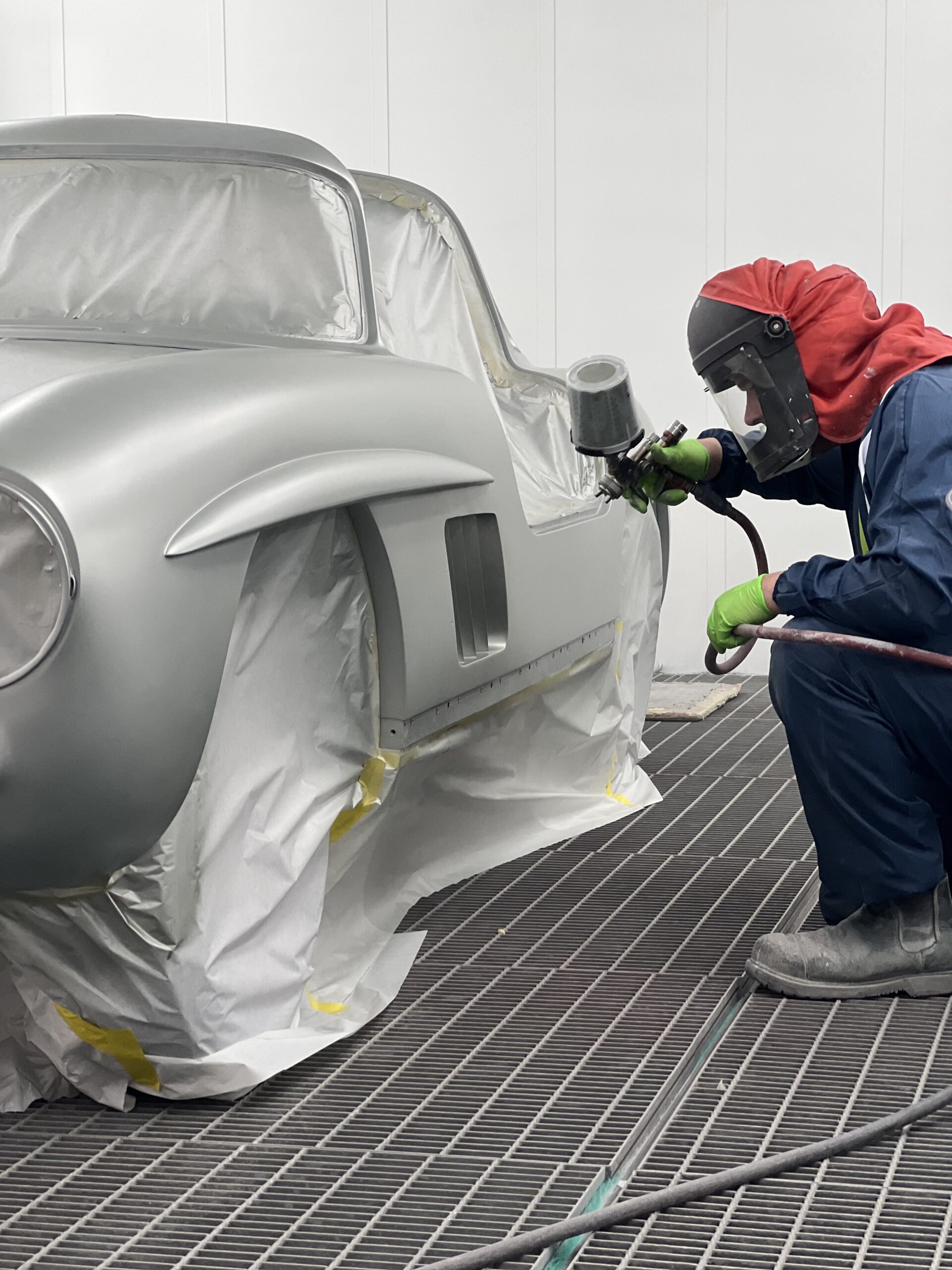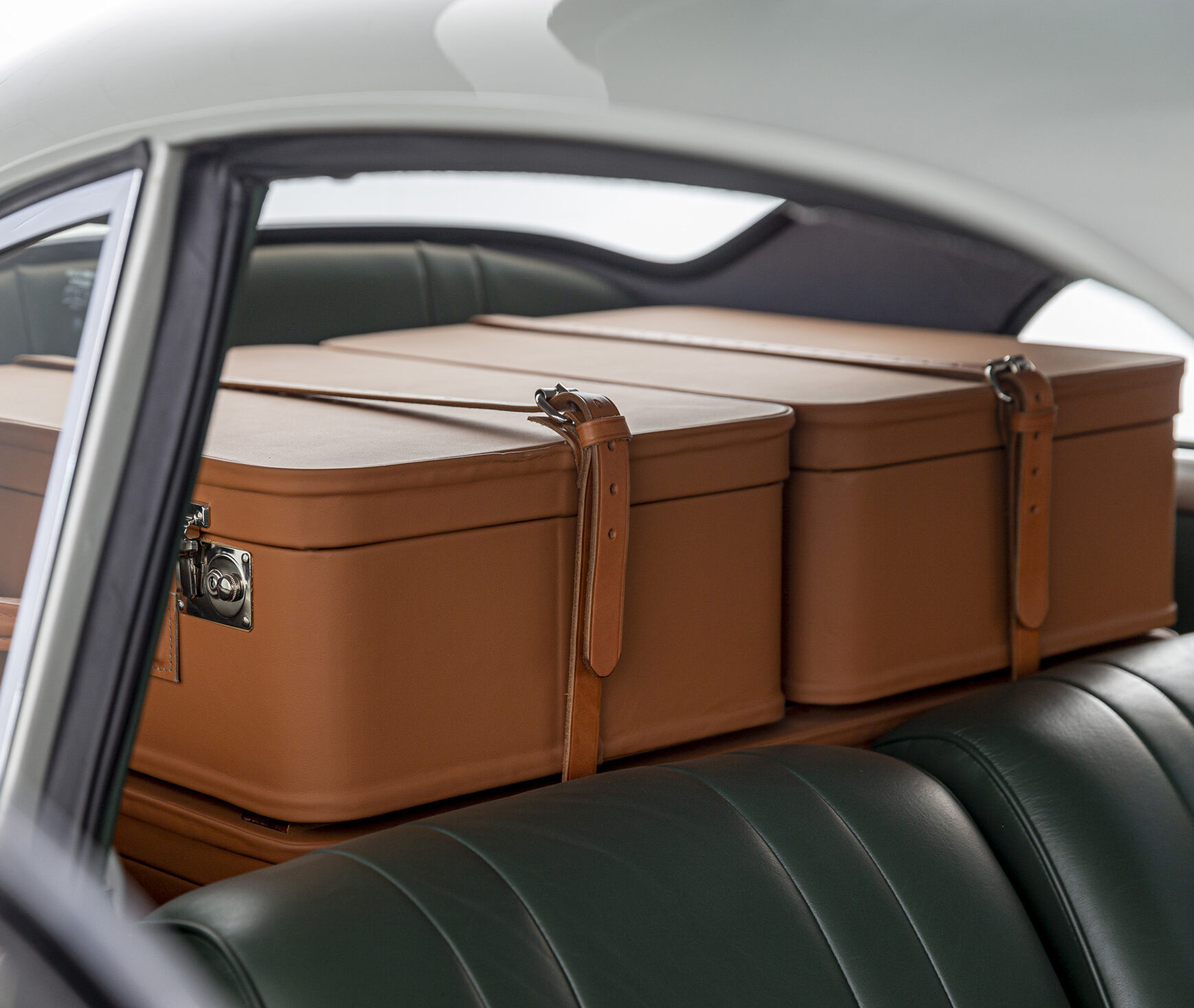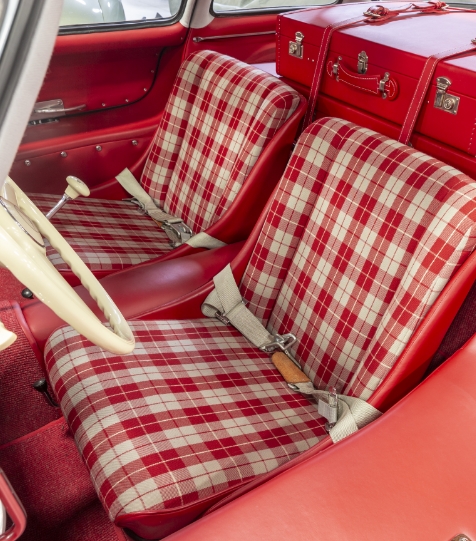Restoration
At Coachwerks, automotive restoration is far more than cosmetic refurbishment—it’s a meticulous process rooted in craftsmanship, historical accuracy, and a deep respect for the original engineering. At its highest level, restoration is a blend of art and science, where every decision balances authenticity with functionality. The goal isn’t just to make a vehicle look beautiful, but rather to return it to its original state in the exact condition it left the factory down to the finest of details.
Authenticity is paramount. Every component, from the stitching pattern on the upholstery to the plating on fasteners, is carefully researched and verified. Original blueprints, period photographs, manufacturer specifications, and historical documents guide the process. When original parts can’t be sourced, they are often remanufactured in-house or by trusted craftsmen using the same materials and methods as the original factory. This level of detail ensures the restoration meets the rigorous standards of international concours events, where judges scrutinize everything down to the finish of a screw head or the font on a decal.
Concours restoration is also a form of automotive conservation. Rather than simply replacing what is old or worn, we aim to preserve as much of the original vehicle as possible—maintaining its provenance and character. This requires extensive preparation and planning. Before a single tool is lifted, our team conducts thorough research, builds a comprehensive restoration plan, and documents every step. From disassembly to the final polish, every phase is approached with the care and precision of a museum-quality restoration.
Ultimately, concours restoration is about honouring the legacy of the automobile—its design, engineering, and cultural significance. It’s a commitment to excellence that demands time, patience, and passion, resulting in a vehicle that doesn’t just turn heads, but rather a restoration that tells a story.
